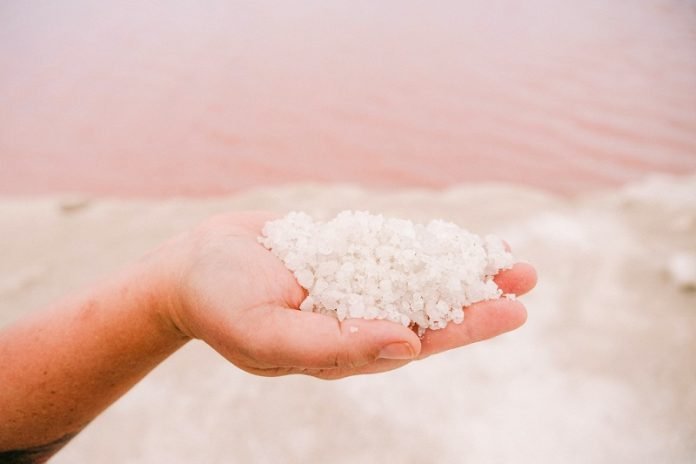
In the search for sustainable energy solutions, an exciting development is emerging from the labs of Radboud University.
Lian Blijlevens, a Ph.D. candidate, is pioneering research into an innovative way of storing heat using salt.
Yes, you read that right – salt, but not the kind you find in your kitchen.
This technology, potentially a game-changer in energy storage, is all about harnessing summer heat and using it during winter, thanks to the unique properties of certain salts.
Solar Panels and Lost Heat
Solar panels are becoming a common sight on rooftops, efficiently converting sunlight into electricity.
But there’s a catch – they get heated by the sun, and this heat is mostly wasted. Blijlevens points out that while solar panels are great at generating electricity, they’re also soaking up a lot of heat that isn’t being put to good use.
This is where her research comes into play. She suggests using a solar boiler to capture this heat, which can then be used for heating our homes or water.
The challenge, however, lies in the seasonal imbalance: we get more solar heat in summer than we need and less in winter when we need it most.
The Role of Salt Batteries
Here’s where salt batteries step in. These aren’t your typical batteries; instead, they use special salts, like strontium chloride. These salts have a unique ability – they can store heat energy.
When heated, these salt hydrates (salts with water molecules in their structure) release water. This process ‘charges’ the salt battery. Later, when heat is needed, adding water vapor to these salts releases the stored heat. It’s a bit like charging a battery with heat instead of electricity.
Blijlevens’ research isn’t just about proving this concept; it’s about finding the best salt for the job. Alongside her team, she evaluated hundreds of salts, considering factors like availability, safety, and efficiency.
After a rigorous screening process, only a few made the cut for lab testing. One of the front runners is strontium chloride, which stands out due to its affordability, effective heat storage, and stability.
Another candidate, potassium carbonate, though cheaper, has its downsides, like reacting with CO2, which can reduce its effectiveness over time.
The practical implications of this technology are immense. Imagine a future where your home is heated by the summer sun’s warmth, stored in a salt battery.
Blijlevens estimates that an average house would need about 10 cubic meters of this material – roughly the space taken up by two to three large wardrobes. This setup could eliminate the need for natural gas for heating, offering a sustainable and efficient solution to a major energy challenge.
Lian Blijlevens’ research on salt batteries is more than just a scientific endeavor. It’s a glimpse into a future where the heat of summer suns can be captured, stored, and used to keep us warm during winter.
It’s a promising, environmentally friendly solution that could change the way we think about energy storage and utilization.
As the research continues, the potential of salt batteries in transforming our energy landscape grows ever brighter.
Source: KSR.



